How far should a diesel generator be from the house?
When planning for backup power, diesel generator installation isn't just about choosing the right unit; it's fundamentally about where you place it. Proper placement distance from your home is paramount for safety, efficiency, and compliance. Installing a generator too close poses significant risks, including fire hazards, toxic fume exposure (especially carbon monoxide), excessive noise pollution, and potential structural damage. Conversely, excessive distance can complicate wiring, increase voltage drop, and add unnecessary costs. This guide will explore the crucial safety distances, the factors influencing placement (like ventilation, noise, and local codes), specific scenarios, the severe consequences of improper installation, and how professional guidance ensures optimal safety and performance. Getting the distance right is the cornerstone of a safe and effective backup power solution.
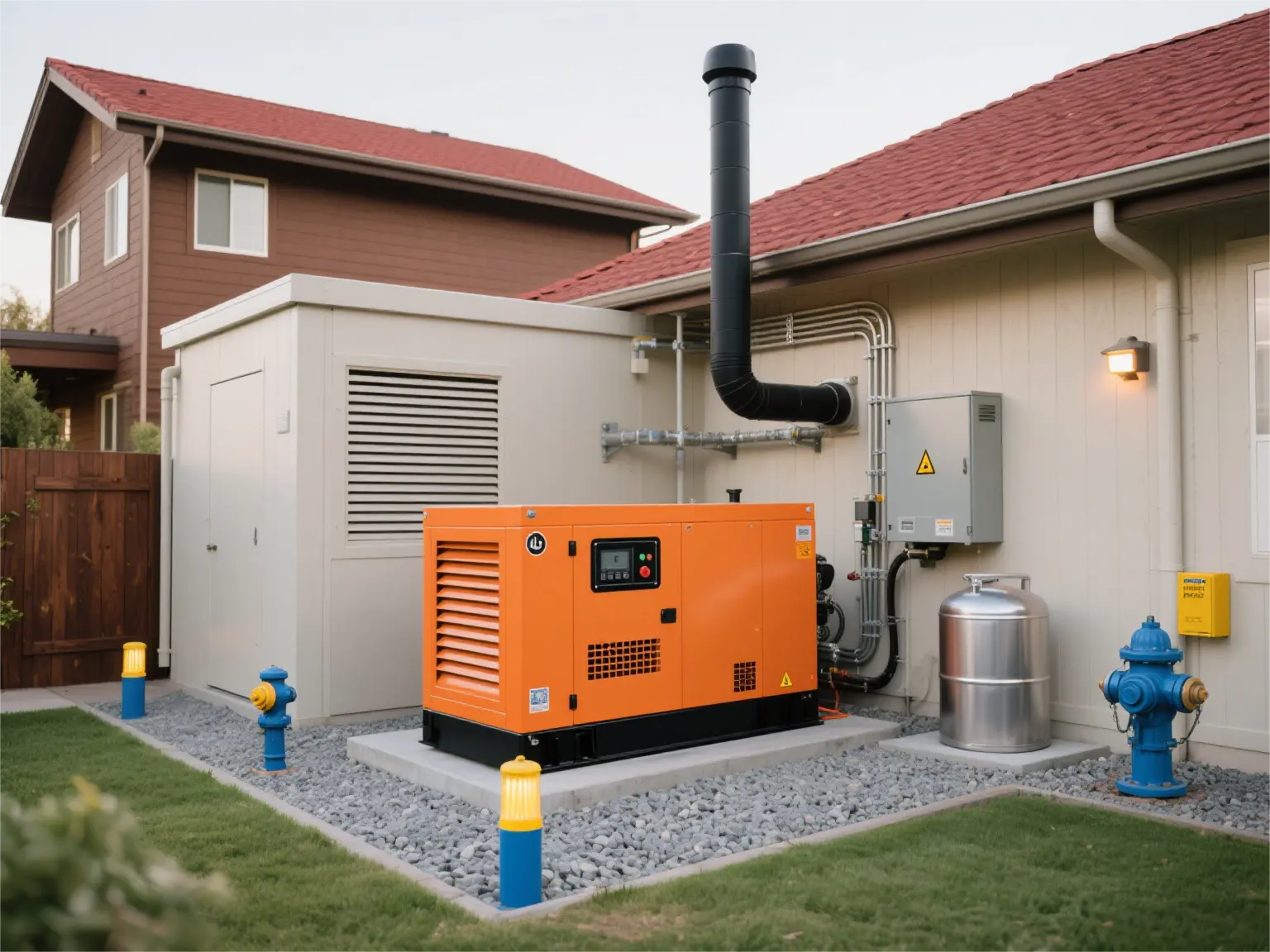
Understanding General Minimum Safe Distance Standards
Establishing a minimum buffer zone between your diesel generator and your home is non-negotiable for safety. While specific codes vary by jurisdiction, widely recognized standards provide a solid foundation:
NFPA 37 (Standard for the Installation and Use of Stationary Combustion Engines and Gas Turbines): This key standard mandates a minimum clearance of 5 feet (1.5 meters) from openings in walls (windows, doors, vents) and building structures. This critical distance helps prevent exhaust gases, particularly deadly carbon monoxide (CO), from entering living spaces.
Manufacturer Specifications: Always consult the specific installation manual for your generator model. Manufacturers rigorously test their units and stipulate minimum clearances based on exhaust flow, heat dissipation, and airflow requirements. These distances often range from 3 feet (1 meter) for very small units to 5 feet (1.5 meters) or more for larger models, sometimes exceeding the NFPA minimum.
Local Building Codes and Regulations: Municipal and state/provincial codes are the ultimate authority. They may incorporate NFPA standards but can impose stricter requirements. Always verify requirements with your local building department or a licensed electrician before finalizing your diesel generator installation plans. Permits are typically required, and inspections will verify compliance.
Key Factors Influencing Generator Placement Distance
While minimum standards provide a baseline, the ideal distance is often greater and depends on several interacting factors:
Ventilation and Exhaust Management (The Paramount Concern):
Exhaust Direction: Generators must be positioned so prevailing winds blow exhaust away from the house and any air intakes (HVAC, dryer vents, crawl space vents). This is crucial for preventing CO poisoning, an odorless and lethal gas. Even slight wind shifts must be considered.
Airflow for Cooling: The generator engine and alternator require substantial airflow to prevent overheating. Placing the unit too close to walls, fences, or dense shrubbery can restrict airflow, reducing efficiency and potentially causing premature failure. Maintain clear space around the entire enclosure as per the manual.
Combustion Air Intake: Generators need a source of clean air for combustion. Placement must ensure the intake isn't drawing in its own exhaust (recirculation) or located where snow drifts, leaves, or debris could block it.
Noise Reduction:
Diesel generators produce significant operational noise (measured in decibels - dBA). While distance inherently reduces noise levels, other strategies are often needed:
Sound-Attentuating Enclosures: Modern generators often come in sound-reduced canopies. Ensure these are maintained.
Strategic Positioning: Place the generator as far as practically possible from bedrooms and living areas. Use natural barriers like sheds or dense landscaping (while respecting airflow needs) to help deflect and absorb sound.
Local Noise Ordinances: Many communities have specific noise limits, especially during nighttime hours. Your placement must comply with these regulations.
Accessibility and Serviceability:
Technicians need clear, unobstructed access on all sides for routine maintenance (oil changes, filter replacements, inspections) and emergency repairs. Avoid cramped corners or locations requiring navigating tight spaces with tools.
Structural Considerations:
Vibration: Generators create vibrations during operation. While modern units have vibration dampeners, prolonged exposure to significant vibration can potentially cause micro-cracks in nearby foundations or walls over time. A greater distance minimizes this risk.
Heat Radiation: The generator enclosure radiates heat. While fire risk from radiant heat alone is low if minimum clearances are met, excessive proximity can potentially damage sensitive siding materials or melt plastic components over extended runtimes.
Flood Zones: Never install a generator where it could be submerged during flooding. This is both a safety hazard and will destroy the unit. Place it on a high, well-drained pad.
Special Installation Location Considerations
Enclosures (Generator Sheds or Rooms)
Installing a generator within a dedicated enclosure requires meticulous planning. Ventilation becomes the absolute priority:
Exhaust Venting: Must be piped directly and sealed to the outside, terminating well away from any openings, following strict code requirements for materials, slope, and termination height/clearance. A spark arrestor is often required.
Combustion Air: Must be ducted from outside in sufficient quantity. The enclosure itself cannot be the air source.
Cooling Airflow: Requires dedicated, properly sized louvres or vents on opposite walls to ensure adequate cross-ventilation. Mechanical ventilation (fans) may be necessary.
Distance Within Enclosure: Even inside a shed, maintain manufacturer-specified clearances from the enclosure walls. Diesel generator installation within a structure demands expert design to meet all safety codes (NFPA 37, 110, and building codes).
Roof Installations (Primarily Commercial)
While less common for houses, roof mounting introduces complexities:
Structural Integrity: The roof structure must be engineered to support the significant weight and dynamic loads (vibration) of the generator.
Vibration Isolation: Specialized, heavy-duty vibration isolation mounts are mandatory to prevent structural damage and noise transmission into the building.
Exhaust Stacking: Exhaust must be routed vertically high enough to dissipate fumes safely above the roofline and away from air intakes or operable windows on higher floors. Wind patterns are critical.
Access and Safety: Safe access for servicing and refueling on a roof is challenging and requires planning (ladder systems, platforms, fall protection anchors). Fuel delivery logistics are more complex.
Confined Spaces (Alleys, Tight Yards):
Limited space intensifies all other challenges. Prioritize:
Exhaust Management: Use extended, correctly sized exhaust piping to route fumes safely away. Ensure termination point meets clearance codes.
Ventilation: Maximize airflow paths. Mechanical ventilation might be the only viable option.
Noise Mitigation: Sound barriers become essential but must not impede airflow.
Professional Assessment is Crucial: Attempting a diesel generator installation in a confined space without expert evaluation significantly increases risks.
The Severe Risks and Consequences of Improper Distance
Ignoring distance guidelines is dangerous and costly:
Carbon Monoxide (CO) Poisoning: This is the gravest risk. CO is odorless, colorless, and deadly. Exhaust entering the home through windows, doors, vents, or cracks can lead to illness or fatalities within minutes. Proper distance and exhaust direction are vital lifesaving measures.
Fire Hazard: Placing a generator too close to combustible materials (wood siding, dry vegetation, fuel storage, debris) significantly increases fire risk due to hot exhaust components, potential fuel leaks near ignition sources, or electrical faults.
Excessive Noise and Vibration: Chronic noise pollution causes significant stress, sleep disruption, and neighbor disputes. Excessive vibration can damage your home's foundation or structure over time.
Generator Overheating and Failure: Restricted airflow leads to overheating, drastically reducing engine life, causing shutdowns during critical operation, and leading to expensive repairs or replacement.
Voided Warranty: Most manufacturers explicitly state that improper installation, including failure to follow clearance requirements, voids the equipment warranty.
Regulatory Penalties: Non-compliance with building codes, fire codes, or noise ordinances can result in fines, forced relocation of the generator (at your expense), or denial of insurance claims if an incident occurs.
Reduced Performance and Efficiency: Poor airflow and overheating directly impact the generator's ability to deliver stable power efficiently, potentially causing voltage fluctuations that can damage sensitive electronics in your home.
Conclusion
Determining the optimal distance for your diesel generator is not a simple rule-of-thumb exercise; it's a critical safety calculation demanding careful consideration of minimum standards, ventilation needs, noise impact, accessibility, local regulations, and the specific characteristics of your property and generator model. While guidelines like 5 feet are a starting point, the ideal placement is often further and always requires tailoring to your unique situation.
At JLMECH, we possess extensive expertise in diesel generator solutions and maintain an unwavering commitment to quality and safety. We understand that a successful diesel generator installation hinges on precise planning and adherence to the highest standards. Don't leave the safety of your home and family to chance.
Email our dedicated team at skala@whjlmech.com to discuss your project requirements and learn about our customized generator products and professional installation services designed to meet your unique power needs.
References
1. National Fire Protection Association (NFPA). (2022). NFPA 37: Standard for the Installation and Use of Stationary Combustion Engines and Gas Turbines. Quincy, MA: NFPA.
2. National Fire Protection Association (NFPA). (2023). NFPA 70: National Electrical Code (NEC). Quincy, MA: NFPA. (Particularly Articles 700, 701, 702 for Emergency Systems & Legally Required Standby Systems).
3. National Fire Protection Association (NFPA). (2022). NFPA 110: Standard for Emergency and Standby Power Systems. Quincy, MA: NFPA.
4 Major Diesel Generator Manufacturer Installation & Operation Manuals (Representative Examples - Consult specific unit manual). (e.g., Cummins, Kohler, Generac, Caterpillar).
5.International Building Code (IBC). (2021). International Code Council (ICC).
6. International Fire Code (IFC). (2021). International Code Council (ICC).
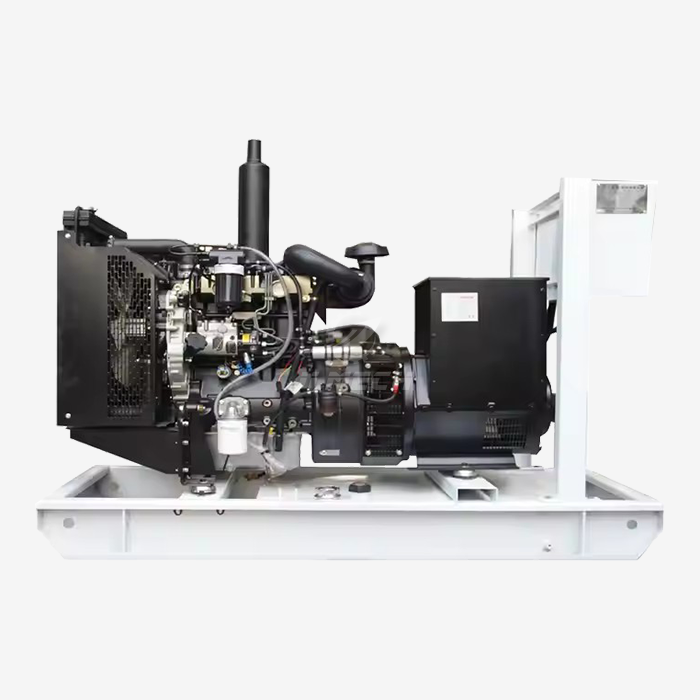 VIEW MOREperkins 50 kva
VIEW MOREperkins 50 kva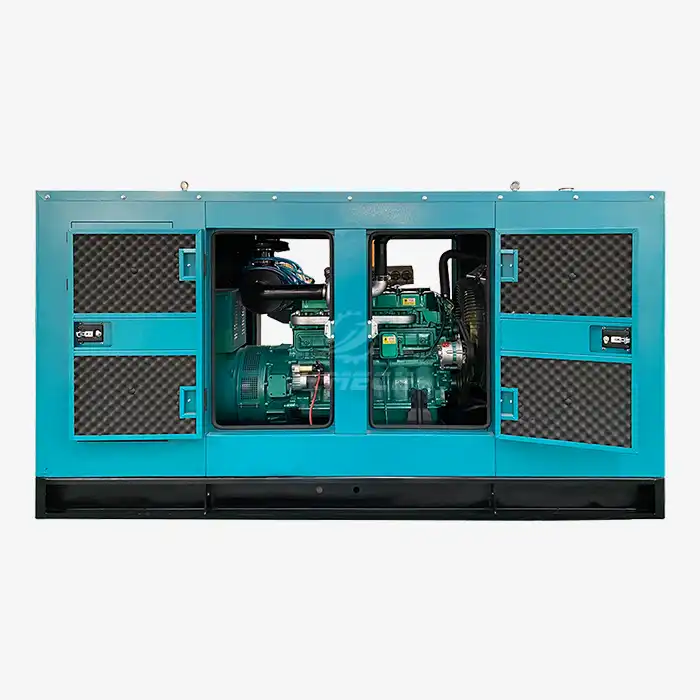 VIEW MOREOptionas ATS system Silent Diesel Generator
VIEW MOREOptionas ATS system Silent Diesel Generator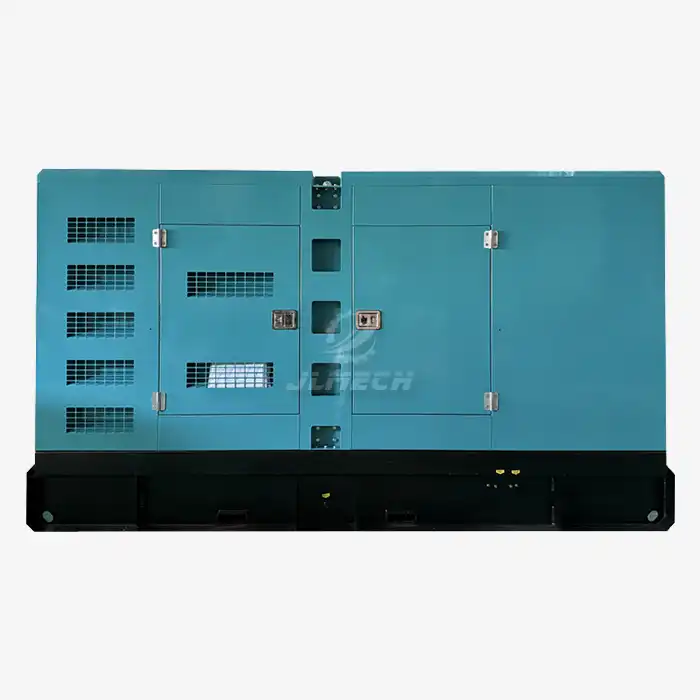 VIEW MORENew 4 Cylinders Water Cooled Diesel Generator Set
VIEW MORENew 4 Cylinders Water Cooled Diesel Generator Set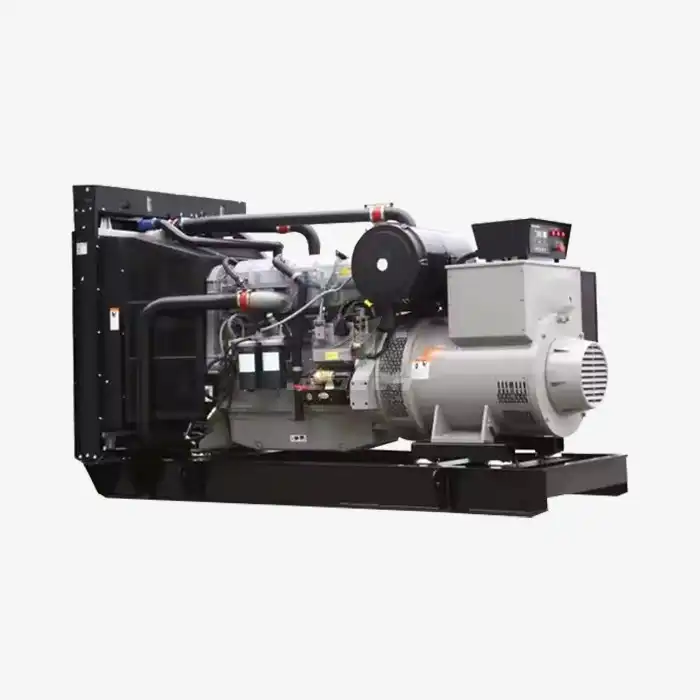 VIEW MORE100kVA Open Diesel Generator
VIEW MORE100kVA Open Diesel Generator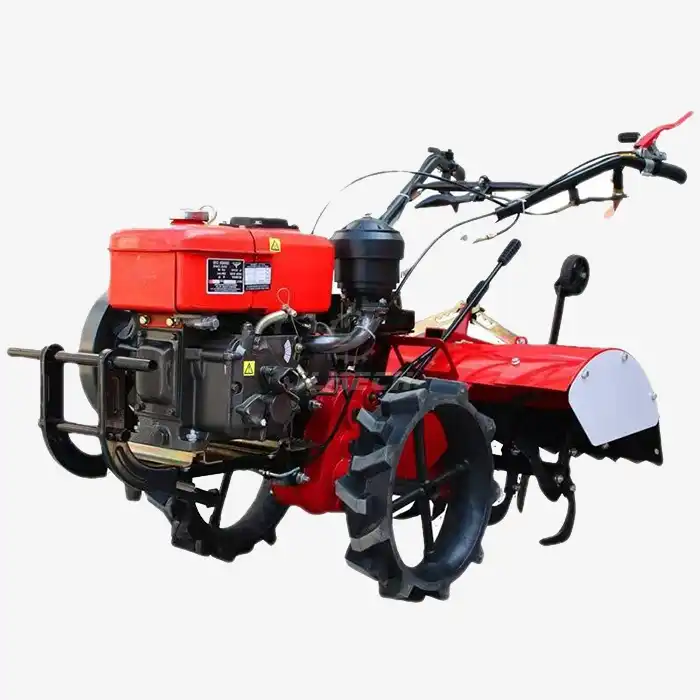 VIEW MOREcultivator machine farm cultivator
VIEW MOREcultivator machine farm cultivator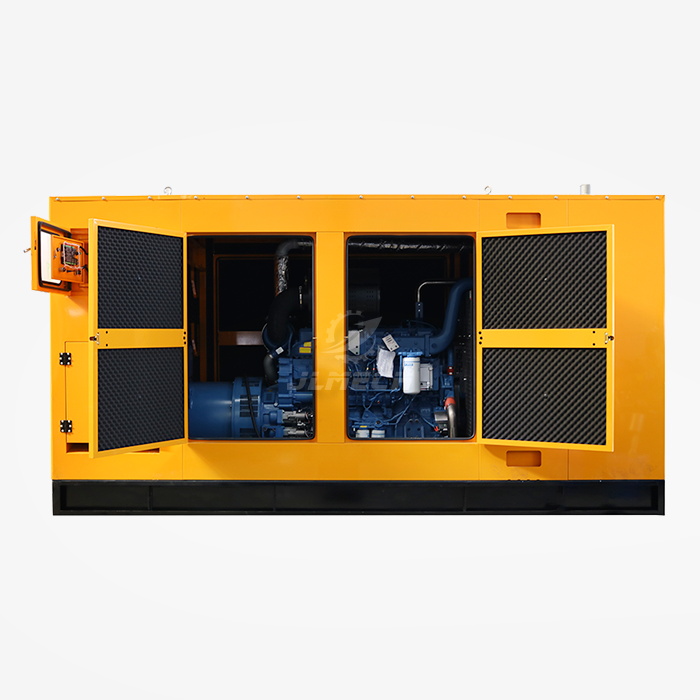 VIEW MORE300kva diesel generator perkins ats
VIEW MORE300kva diesel generator perkins ats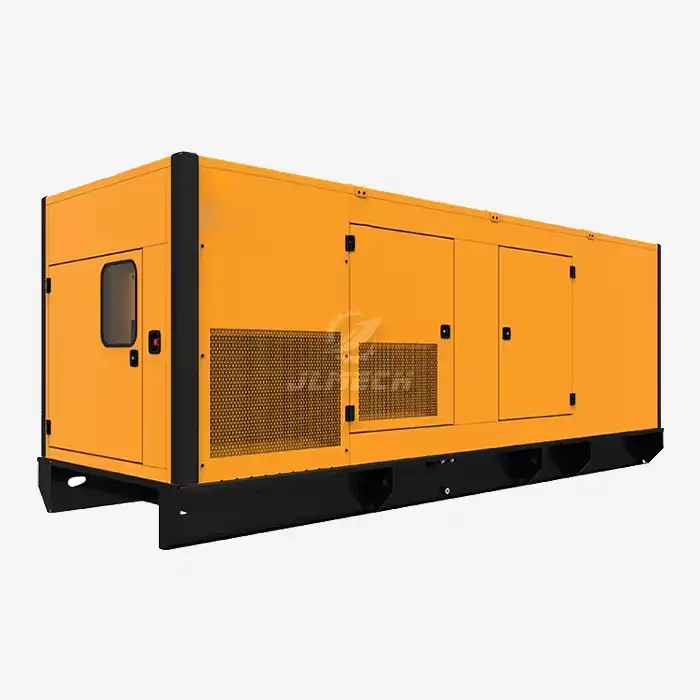 VIEW MOREsilent diesel generator 437kva
VIEW MOREsilent diesel generator 437kva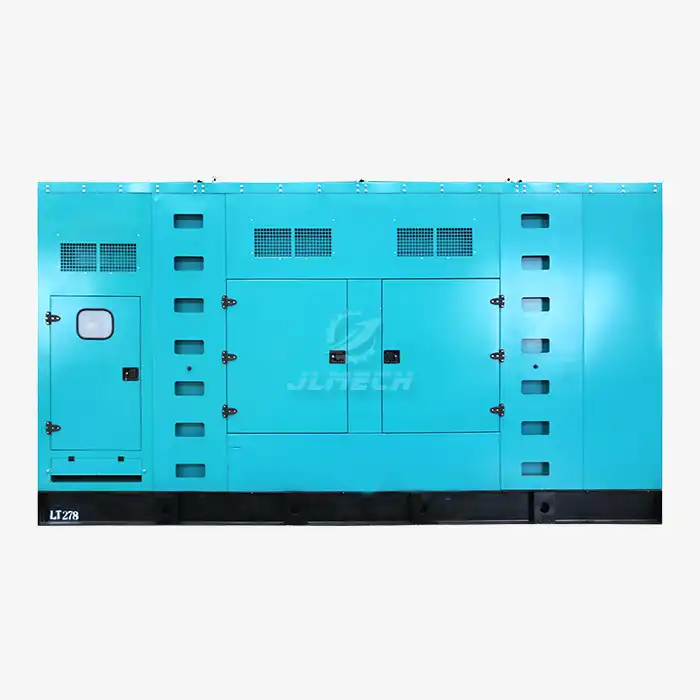 VIEW MOREdiesel generator 330kva
VIEW MOREdiesel generator 330kva



